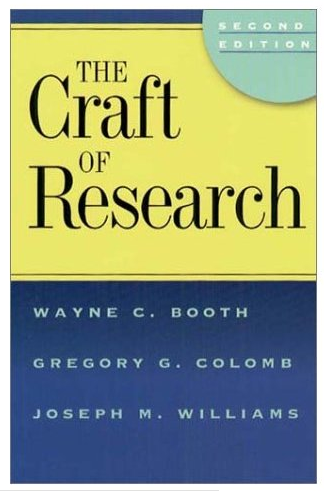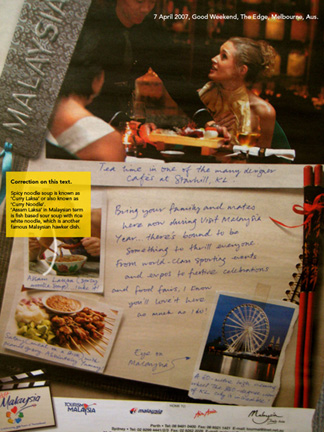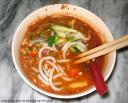I wanted to know why…
One of my most interesting article at this time or perhaps I should put it like this ‘My best article of the week’ is called Modernity, Islam and Tradition: struggle for the heart and soul of Art and culture in Malaysia by Farish A. Noor published online by Nafas. Art Magazine. This article bring back my memories when I was doing my Bachelor of Fine Art honours Degree (BFA) in School of Arts, USM (Universiti Sains Malaysia). This is back in 1998. My major is in Graphic Communication or as known as Communication Design and my minor is in Theater Studies. I enjoyed theater performance as much as I enjoyed doing my design work.
I also took an extra class in theater. It is a traditional dance class. In this class, we have the opportunities to learn a small part of Mak Yong dance. What is Mak Yong? Mak Yong is an ancient dance-theatre form incorporating the elements of ritual, stylized dance and acting, vocal and instrumental music, story, song, formal as well as improvised spoken text. It is performed principally in the state of Kelantan, Malaysia. Many theories have been advanced to explain the genre’s origins, though it’s generally acknowledged that it’s deeply rooted in animism as well as shamanism. Today, Mak Yong is performed in three basic styles, as non-ritual theatre for entertainment, as ritual theatre associated with healing and done in combination with the shamanistic main puteri; and as urban commercial theatre.


Credit Image: Zainab Awang (Mek Nab)
I then learned that it will take years to master Mak Yong. Futher more, it is hard these days because no one want to learn Mak Yong. Therefore, there is no demand for Mak Yong apprentice. To cut this story short, Mak Yong, one of Malay heritage from past is slowly vanished from our modern life. Why? There are few reason that contribute to this cause. One of the reason I found is from discussion with my Mak Yong tutor, Che’ Mat and Prof. Ghouse, I then got to know that one of the reason Mak Yong is no longer wanted in this ‘new’ Malay generation is because there are many ritual practices in Mak Yong that relates with shamanism. This mean believing in good and evil spirits which is not accepted in Muslim religion.
My repond to this is only by asking why is this happening in Malaysia, ‘the truly Asia’ like how the tourism Malaysia promoted? How can we be truly Asia we’re cutting our past from our present? Why are we mixing our-past heritage and our religion? (I personally this is two different topic we’re talking about.) Why are we denying our cultural patrimony? Why should we undermine the shared cultural heritage in Malaysia and the people, whose the traditional culture are based on, and reflect to, the history of Islam, Hinduism and Buddhism?
This scenario happens with other Malaysian traditional arts and culture artifacts like Malay traditional woodcarving. Nik Rashidi is one of Malaysia woodcarving artist that experienced the same situation to keep woodcarving heritage alive. But it seem there is more and more conservative Islamist group began to voice out the rejection of the Malaysian historic past. As Farish A.Noor wrote in ‘Nafas Magazine (2004)’, the rise of the political Islamic in Malaysia recently, contribute to the narrowing of Malay closed minded, confiousion on a thin line between the religion and the cultural heritage, cutting away Malaysian pre-Islamic past.
Qoute from Nik Rashidi expressing his thought and feeling about the scenario. “The politicians and the religious leaders keep telling us that we must be modern, and better muslims as well. But so often all they want to do is to destroy everything that is old and traditional, and to erase the past. How can we progress to the future if we don’t remeber what we were before? And how can we be proper Muslim today if we don’t remember our ancestors of the pre-Islamic past?…
We talked about our ‘Asean Value’ and our pride in our past. But where is this appreciation and how it is reflected? Businessman and the rich elite in the cities just want to buy woodcarving to decorate their masions and apartments, while the religious leaders tell is that our carvings are un-Islamic because we still depict images of the Hindu Gods, deities and natural sprits. But our tradition carvings are our only link to the past, with nature around us and the living elements that keeps our art alive: This is our Malay art, because it comes from the land and it breathes the history of our people. If we cut off our links to our ancestors, we would be like a ship without a compass; a people without history.” (Nafas, 2004)


Credit Image: © Photos: Spirit of Wood – The Art of Malay Woodcarving, by Farish Noor & Eddin Khoo, photos: David Lok.
This work is licensed under a
Creative Commons Attribution-NonCommercial-NoDerivs 2.5 License.









